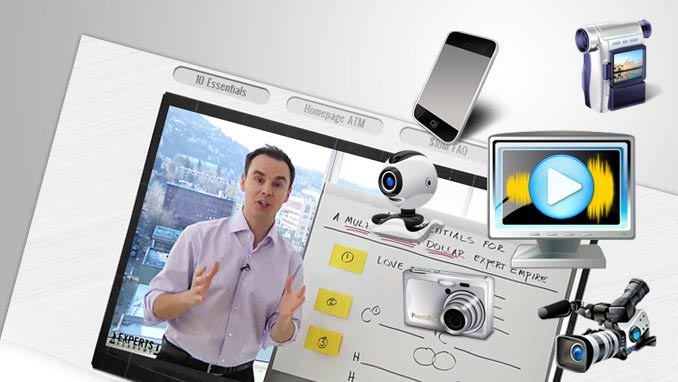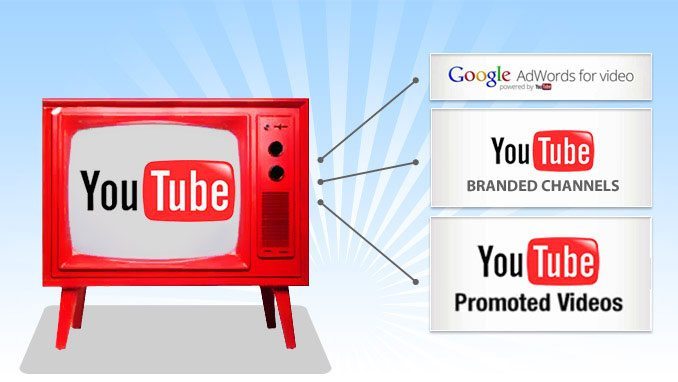The great challenge in marketing isn’t setting up a site (even though it can be challenging in itself for some). It’s the actual publishing of content where marketers typically drop the ball.
Publishing is where the rubber meets the road, as they say. However, publishing as a content curator is incredibly simple once you get the hang of it. Skimming Google Reader and checking Google Alerts can take 15 minutes a day. And then creating a new post takes another, say, 5-10 minutes.
But we want to have posts ready for publication. Think about your posts as one of two types:
Breaking News Posts: These are time-sensitive posts. They contain information that is happening “right now.” A new product release, an ingenious new method of doing something, a trade between two professional sports teams… these things are happening now, and as a curator, it’s your responsibility to publish this content in a timely manner. Depending on your niche, you will see this type of “press release” content trending in Google Reader.
For example, GE Corporation announces a revolutionary new product. The blogosphere following your niche will all report on that information. You will skim a few of the posts to figure out exactly what’s going on, and will generate your own post.
Evergreen Posts: These are not time-sensitive posts. Think of evergreen posts as curation in its truest form. These types of posts require a little more leg work on your part, but should actually pay off more in the long run as a long-term traffic source.
Great examples of evergreen posts are Lists and Collections. People love lists for some reason. And as a curator, lists are one of the most valuable, useful, and impactful types of posts you can publish.
Evergreen posts can take longer to create, since they require research rather than skimming Reader and Alerts.
Types of Content
There are essentially three types of content online. Each have many nuances and variations, but at in their purest forms, these three types of content match up with our senses and styles of learning: Written Content, Visual Content, and Audio Content.
Written Content: Is the Written Word. It’s blog posts, articles, reports, it’s PowerPoint presentations (without the audio). It’s every tweet, every status update. It’s the backbone of the Internet and the world of communication at large.
Visual Content: The purest form of visual content is Images. These could be simple photographs or complex infographics or schematics.
The most proliferating content online happens to be visual content, and that’s Video. The merging of broadband infrastructure and easy video creation tools makes video the simplest content for the average user to create. Check out Youtube statistics and you can see the most fascinating stats: over 3 billion videos are viewed daily; 48 hours of video are uploaded every minute, resulting in nearly 8 years of content uploaded every day.) Talk about an opportunity for curation!
Audio Content: Audio content can take many forms. Songs and jingles, podcasts, PowerPoint presentations (with audio), and streaming radio.
The Content Blender: Hopefully you can see there are also many cases where these forms of content blend together. A webinar is a blend of Audio (you’re listening) and Visual (you’re watching a presentation), and might even include Participation. A podcast (Audio) might include a transcript (Written). A video might be a simple screen capture of a PowerPoint presentation (Visual and Written).
The point of this is that as a curator, you have a wealth of content you can pull from. Here’s how you can do it:
- Pick a topic relevant to your niche (comb your keywords for inspiration)
- Choose a type of content (Written, Visual, Audio)
- Research and compile a list (top 5, top 7, top 10, top 20, top 100, etc.) of that particular type of content
- Apply the finishing touches
- Publish
Say you practice evergreen post concept opting for video content, remember that YouTube is powered by Google, so the more you drill down into a particular search, the tighter your results will be. Also try to mix up your video creators. You’ll quickly see there are some real powerhouses in YouTube, including “expertvillage” and “Howcast.” Subscribe to their channels. Don’t just grab 10 Howcast videos, if you can help it.
You can go through the same process with different types of content. Search iTunes for podcasts, Docstoc and Scribd for documents and PDFs, Slideshare for online presentations, and Vimeo for additional video.
The formula will appear as Topic + Content Type = Evergreen Post.
The Mechanics of Curation
How do you exactly do when curating content, including your responsibilities and some best practices.
- Write an original headline
- Write a brief introduction to the content.
- Excerpt the content (if written) or embed (if video).
- Give credit to the originator of the content and link to them.
In the case of Likehacker, they actually curate content from a lot of places, all under the broad umbrella of “better ways to do things.”
How they use curation within their content may be seen through some parts of an article they publish. Usually it includes an original headline, brief introduction, excerpt from the original article, value-added content, and lastly a link to the original article. You can find it in the structure of some of their published articles.
Whenever possible, add an image to your posts. Images not only create visual impact on your posts, they also offer an additional SEO opportunity.
Some sources of free or inexpensive images include: Flickr (check their creative commons search), Stock.xchng, and iStockPhoto. Once you’ve found something that fits your post, do this:
- Use your targeted keywords in the file name. In other words, rename the file using the keywords for that particular post.
- Use Alt tags. This is another way to tell the search engines what your image is about (since the engines can’t actually look at images).
The most important part of any blog post is actually the headline. Headlines are how we capture attention and pull people into our posts. In the SERPs, the headline is the most prevalent thing people see.
When creating headlines, feel free to take a little inspiration from the original content, but by all means, do not plagiarize! It will do you no good, as Google will likely see it as duplicate content, and you risk the possibility of offending the original creator (neither of these are good things).
Whenever possible, your headline should include a keyword phrase you want to target. Carry this keyword phrase into your introduction as well. Don’t overthink this too much. Be as natural as possible. Just write for your audience first (and be mindful of the search engines).





